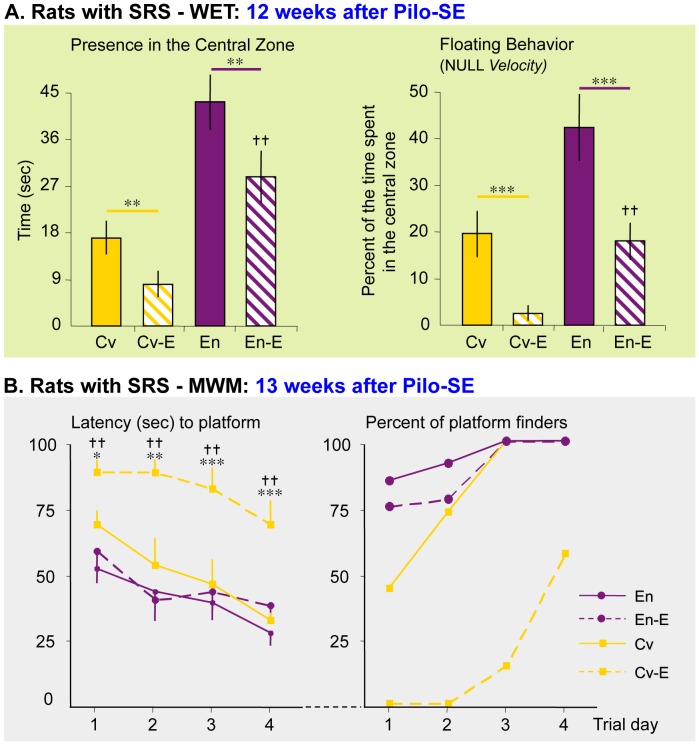Figure 10. Rats raised in Marlau™ cages after excitotoxic brain injury displayed decreased cognitive impairments.

Rats underwent pilocarpine-induced status epilepticus (Pilo-SE) at 3 week-old, and were raised, on the following day, either in conventional or Marlau™ cages. Rats developing spontaneous recurrent seizures (SRS, or “epileptic”) were then subjected at 15- and 16-week old to the WET and to the MWM, respectively. In these results, 10 rats not subjected to Pilo-SE were included in each Cv and En groups. The number of rats subjected to Pilo-SE that developed SRS was not identical in each Cv (n = 16/18) and En (n = 9/18) groups. A. WET. While rats undergoing SRS displayed marked anxiety-like behavior, the positive effect of enrichment in control rats was observed in epileptic rats, as demonstrated by the increased time spent floating in the central zone. Cv-E vs. Cv and En-E vs. En: ** p<0.01, *** p<0.01; En-E vs. Cv-E: 
 p<0.01, ANOVA 2. B. MWM. Enriched housing prevented the deterioration of learning and memory observed in conventional housing, as indicated by the latency to find the platform and the proportion of rats finding the platform. Cv-E vs. Cv: * p<0.05, ** p<0.01, *** p<0.01; En-E vs. Cv-E:
p<0.01, ANOVA 2. B. MWM. Enriched housing prevented the deterioration of learning and memory observed in conventional housing, as indicated by the latency to find the platform and the proportion of rats finding the platform. Cv-E vs. Cv: * p<0.05, ** p<0.01, *** p<0.01; En-E vs. Cv-E: 
 p<0.01, two-way repeated measures ANOVA. Abbreviations: Cv and En as in Fig. 1; En-E, epileptic rats housed in enriched Marlau™ cages; Cv-E, epileptic rats housed in conventional cages.
p<0.01, two-way repeated measures ANOVA. Abbreviations: Cv and En as in Fig. 1; En-E, epileptic rats housed in enriched Marlau™ cages; Cv-E, epileptic rats housed in conventional cages.
